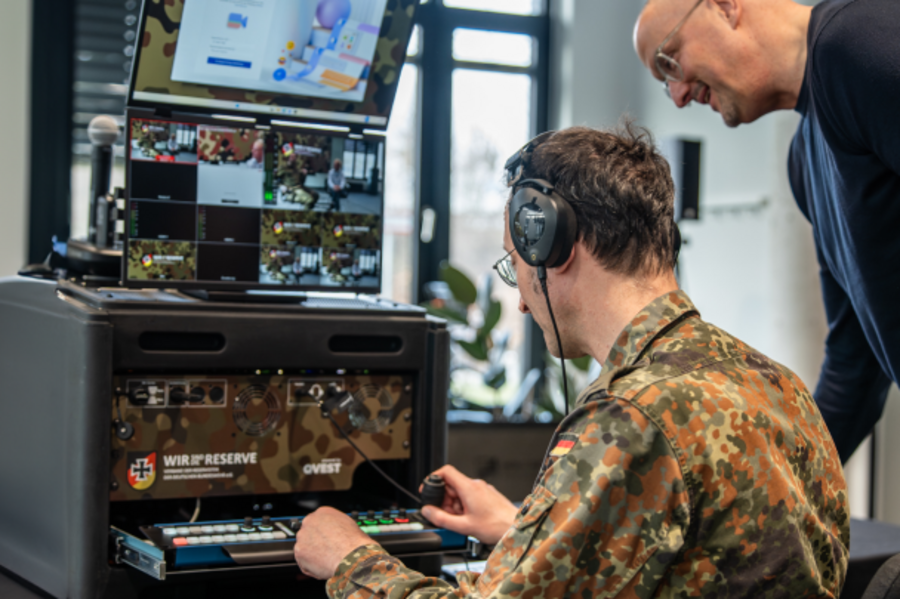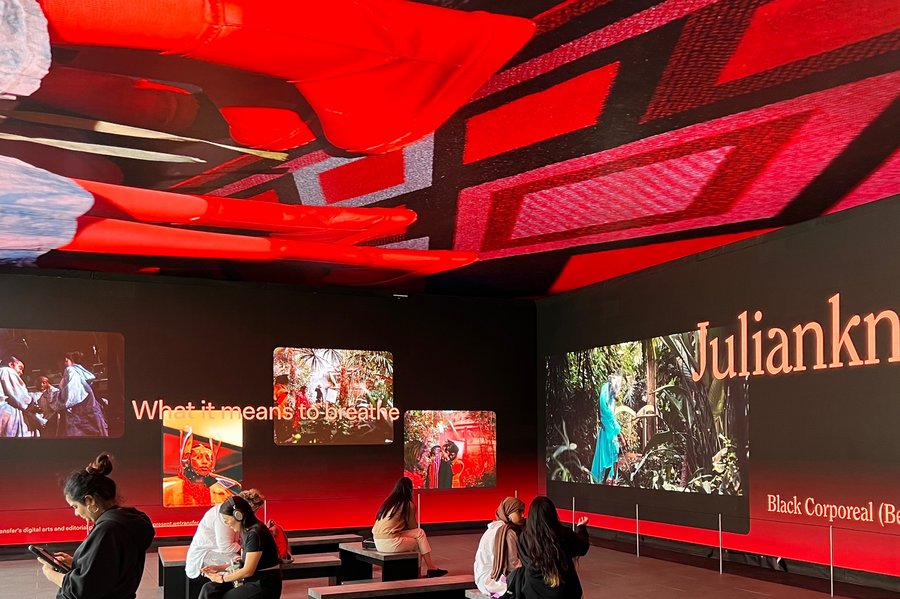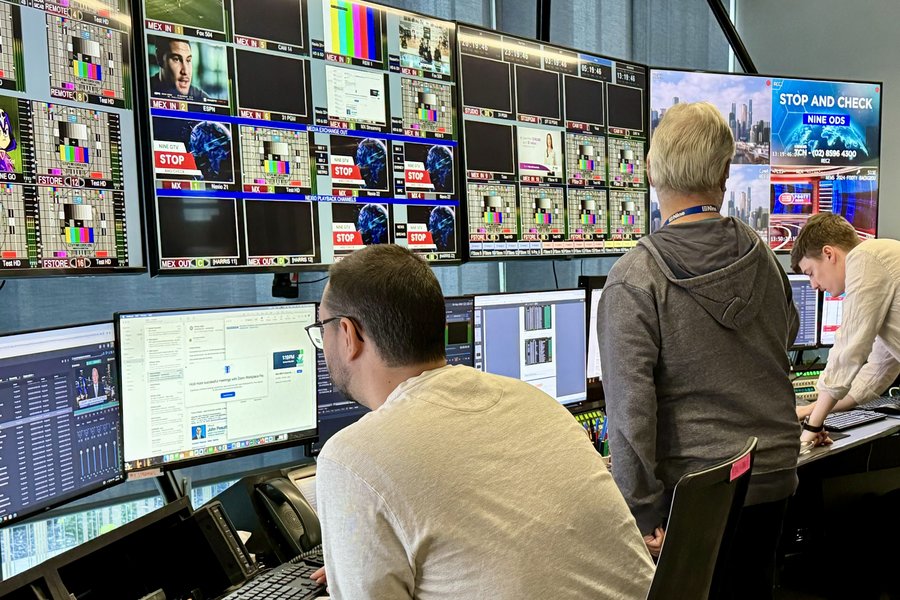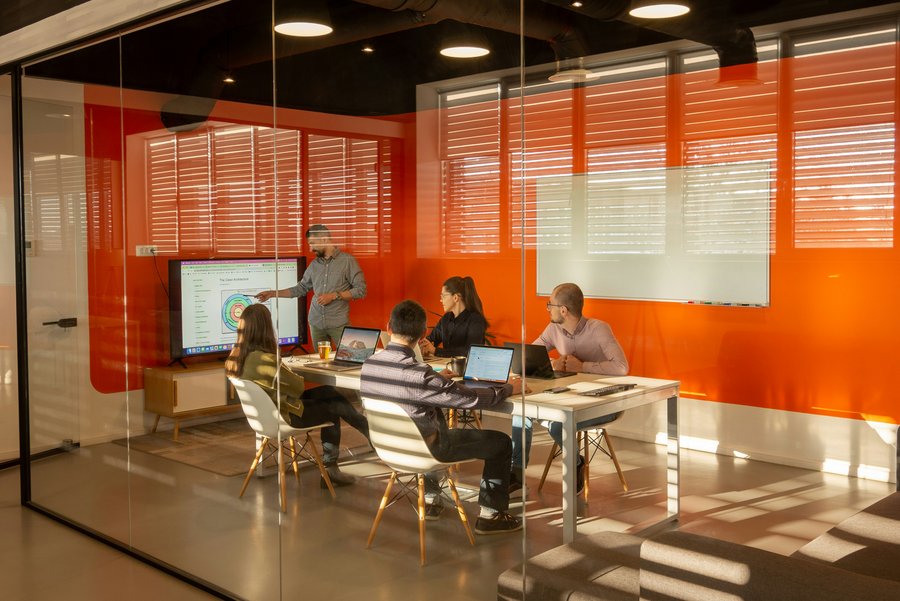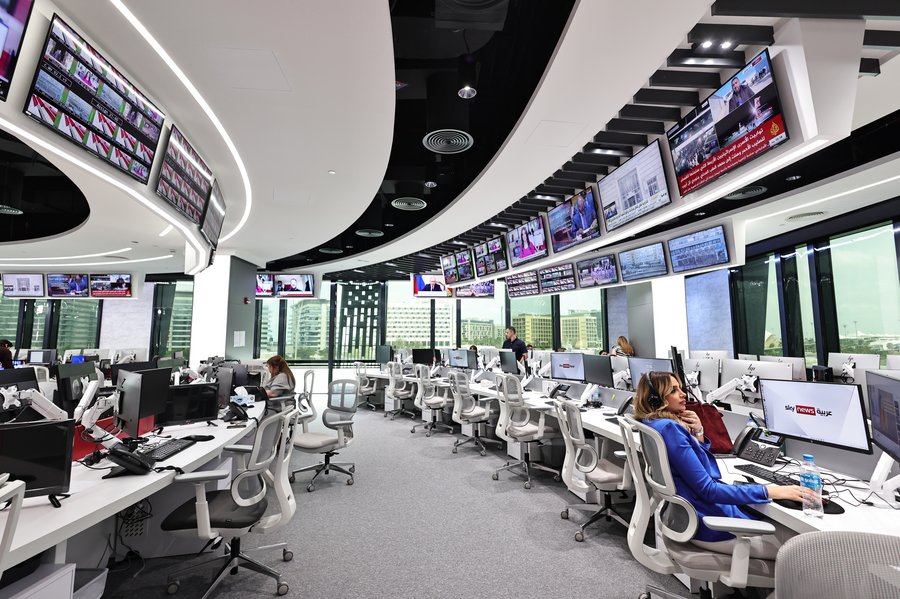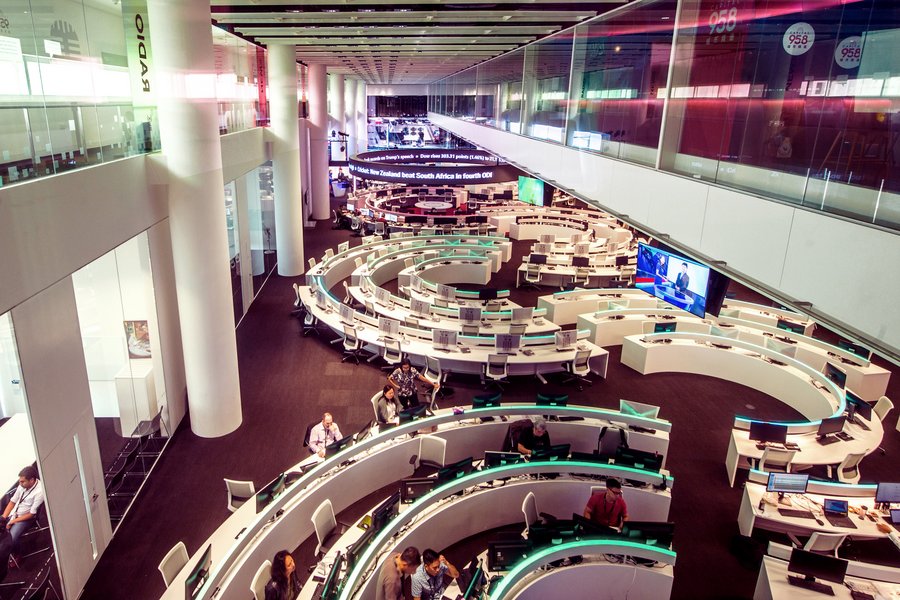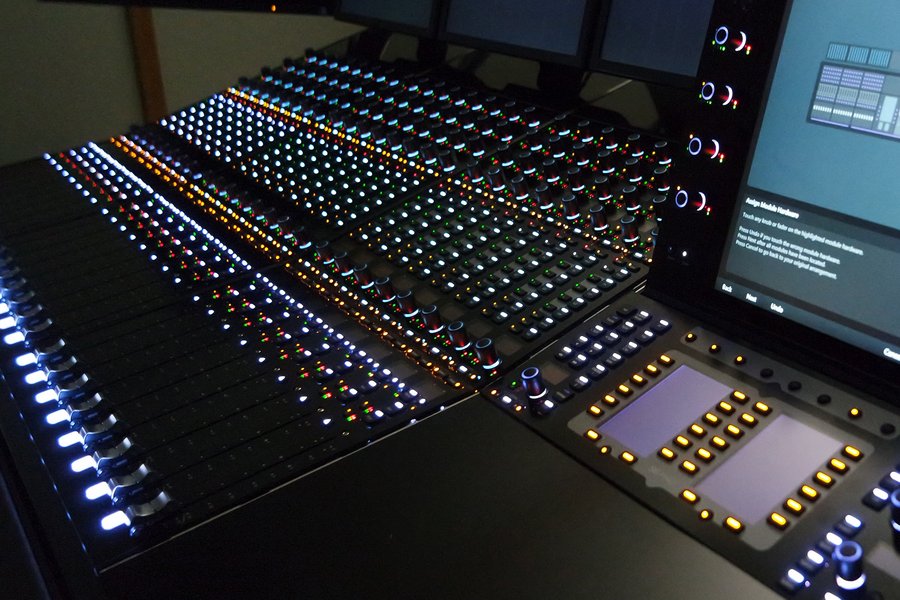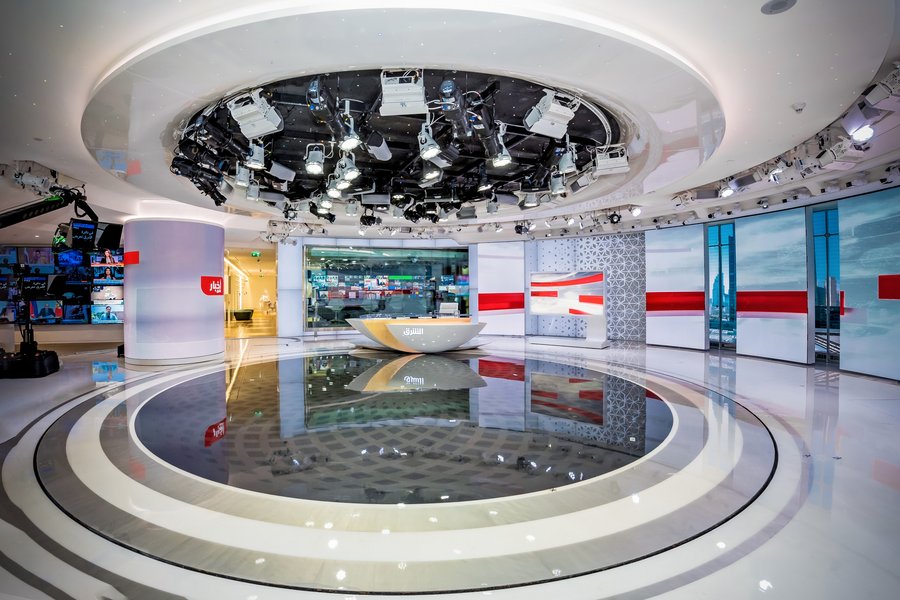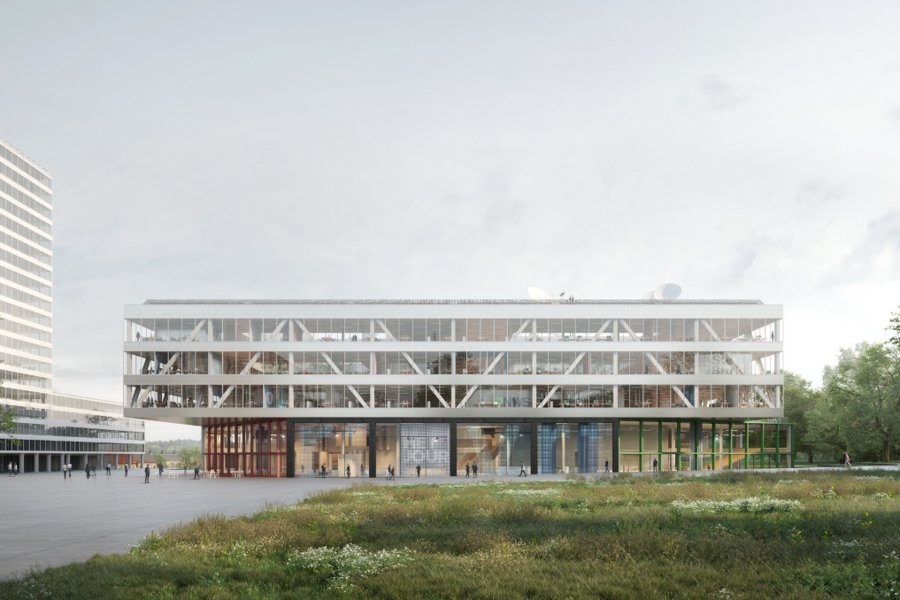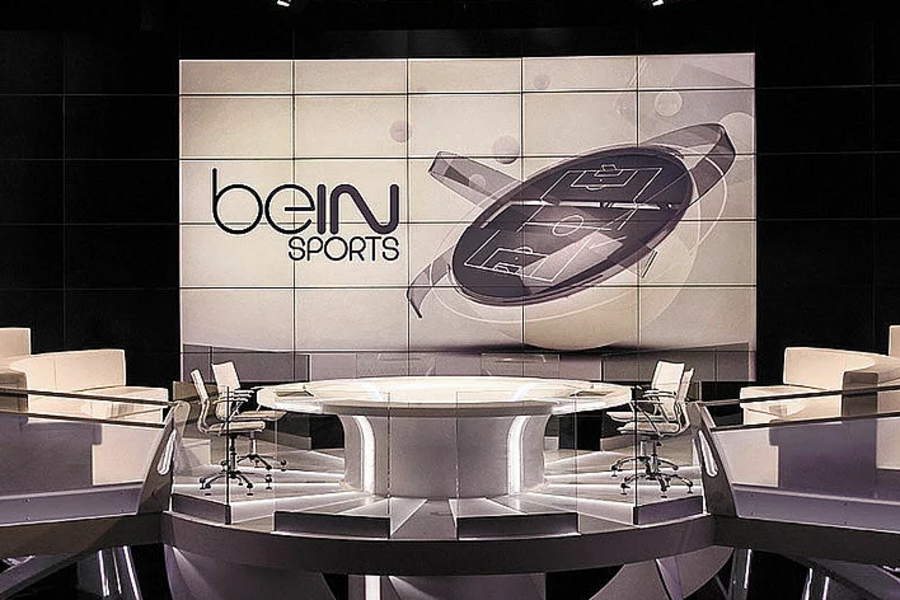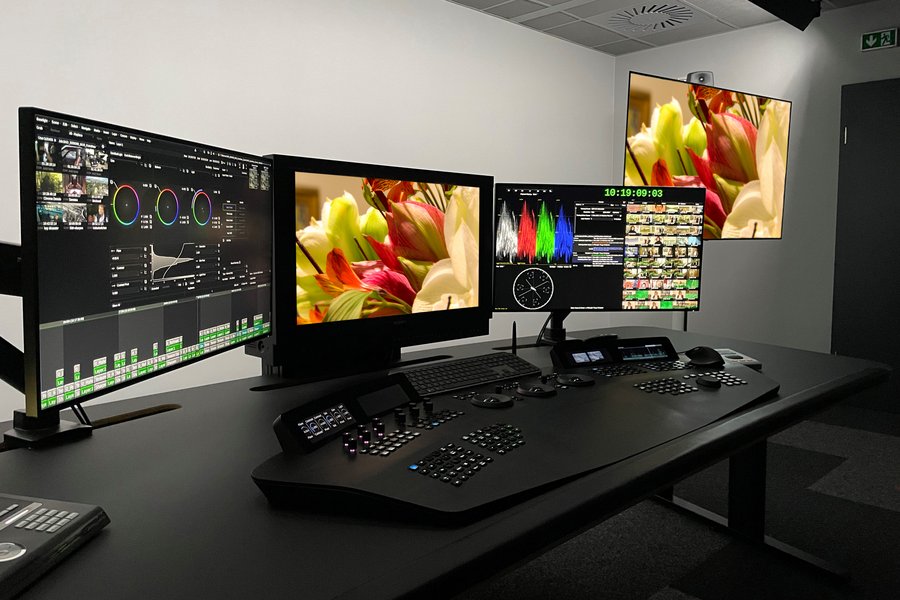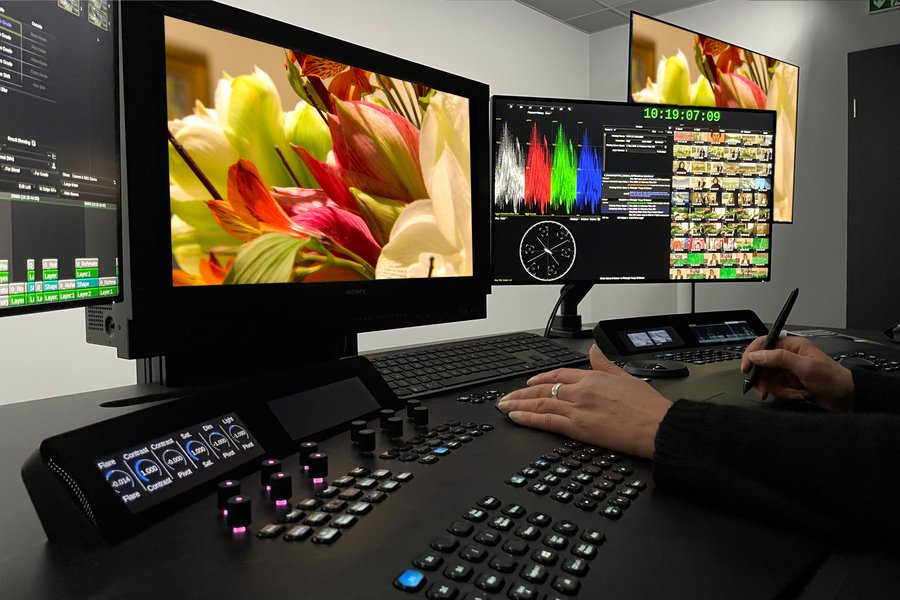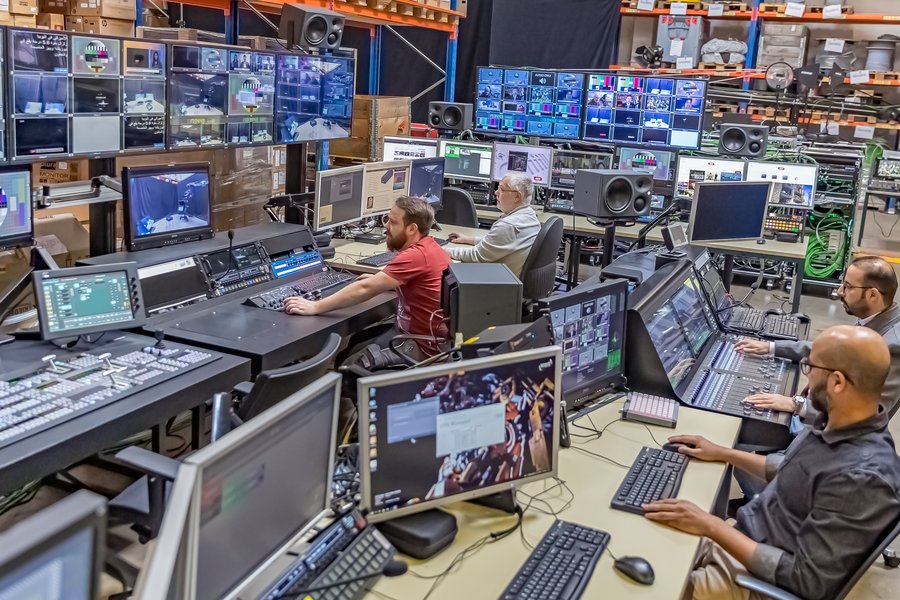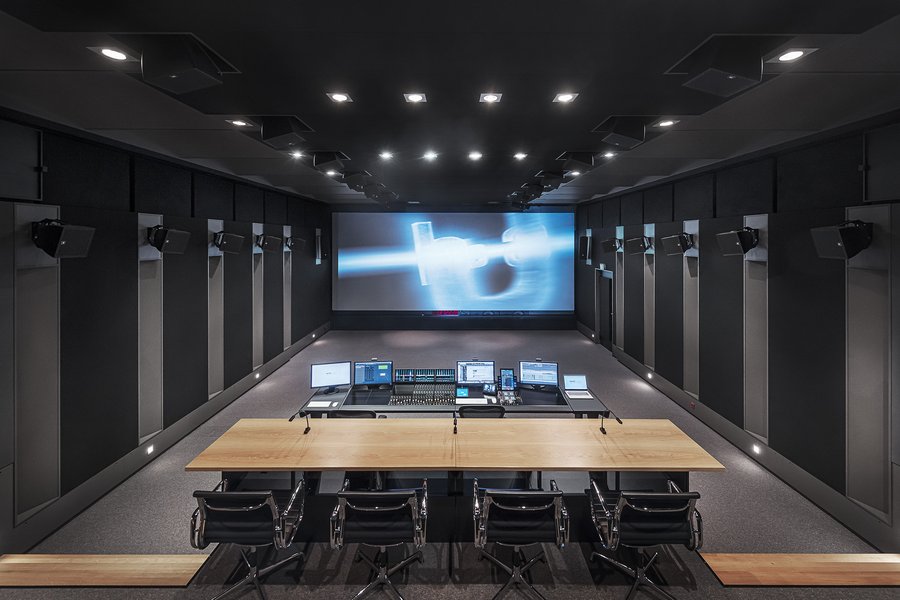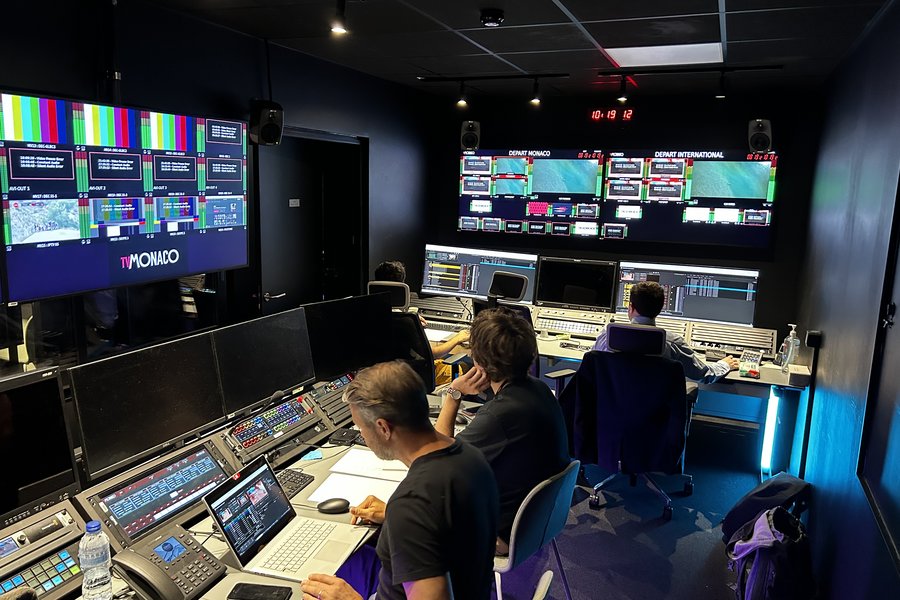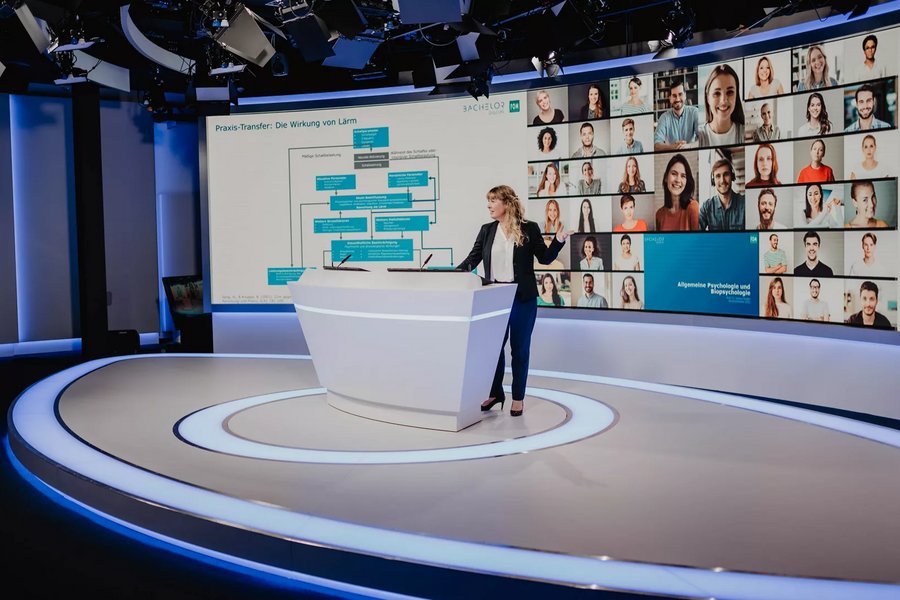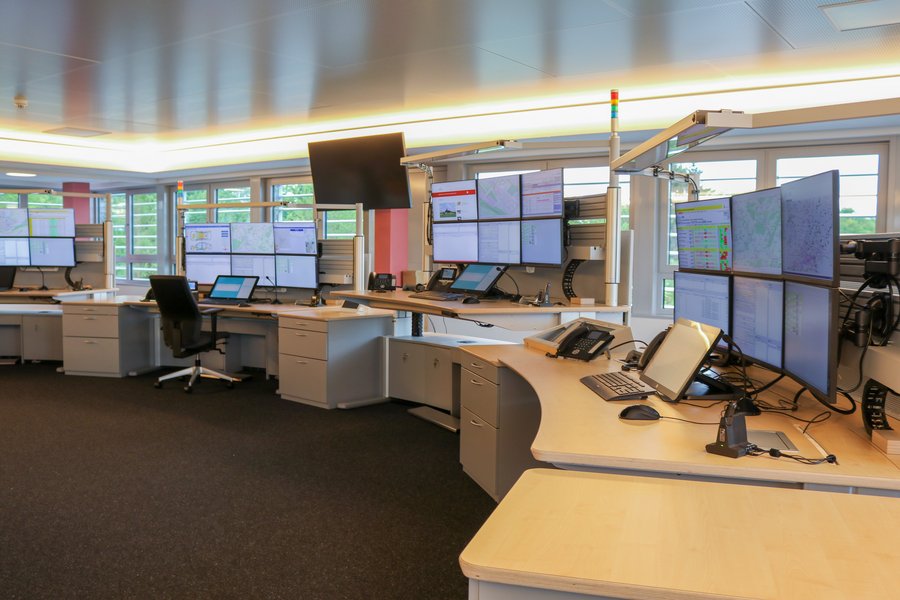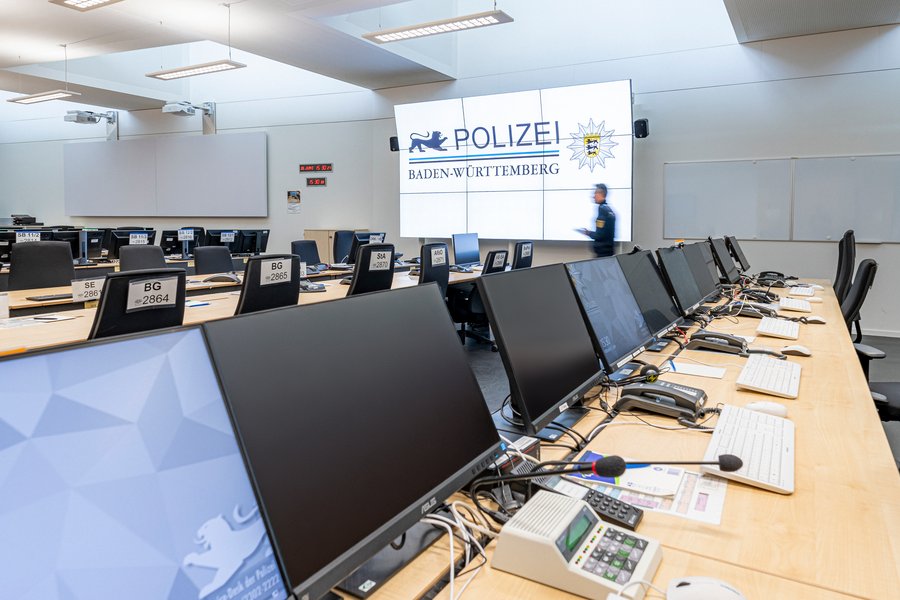Fit for hybrid work: A checklist for the corporate headquarters of the future

Rethinking HQ as the engine of hybrid performance
Hybrid work is the new operating system of successful organizations. Those who scale their AV/IT infrastructure today aren’t just shaping spaces, they’re activating strategic levers: for better collaboration, increased security, more efficient processes, and a stronger company brand.
We rethink enterprise headquarters and deliver the architecture for lasting transformation. Our checklist provides concrete guardrails to build your AV/IT strategy to be future-proof, efficient and scalable: connected, secure, and user-centered. And with a system, from the very first room to your organization-wide platform.
1. Plan for the future with strategy and vision
✔️ Do you have an AV/IT roadmap that aligns with your corporate strategy?
Forward-looking infrastructure is modular, not piecemeal. The more complex your site network, the more essential a master plan that leverages synergies across technology, procurement, FM and IT.
✔️ Are all relevant stakeholders involved?
Different usage scenarios require tailored technical solutions. Align requirements with IT, HR, FM, and communications to ensure your solution meets every perspective.
✔️ Are you avoiding vendor lock-ins?
Open standards and platform capability are essential for scaling and integration, since proprietary silos only drive up cost and complexity over time.
2. Think modular, connect efficiently
✔️ Are you using modular system architectures with clearly defined interfaces?
Standardization is the foundation for scaling. Modularity from meeting rooms and auditoriums to hybrid creative zones enables flexibility.
✔️ Is your infrastructure centrally managed?
Cross-platform management reduces effort, speeds up support, and ensures consistent user experience.
✔️ Are you regularly reviewing your systems with tech partners?
Scalability is a process, not a one-off project. Keep your infrastructure agile and future-ready through ongoing evolution, tech-enabled and cost-efficient.
3. Command centers as control hubs: Real-time overview
✔️ Do you have central control hubs for monitoring and troubleshooting?
Real-time visibility creates operational security from room availability to data protection.
✔️ Are your AV and IT systems fully integrated?
Seamless communication via open APIs enables centralized control, streamlined processes, and fewer failures.
✔️ Can you intervene remotely?
In a hybrid world, your control center also needs to be hybrid, via remote access, role-based permissions, and clearly defined escalation paths.
4. User experience first: Collaboration with impact
✔️ Is your technology designed around real user needs?
Tech that isn’t used is a failed investment. Prioritize intuitive controls, excellent acoustics, wireless presentation, and flexible room setups.
✔️ Do your tools integrate seamlessly with Microsoft Teams, Zoom & co.?
Interoperability is non-negotiable. Only by integrating tools, rooms, and devices can you enable seamless collaboration across locations and teams.
✔️ Are your spaces adaptable?
From boardrooms to chill areas: Spaces need adaptable tech, simple controls, and furniture that fits users, not the other way around.
5. Systems integration as a productivity engine
✔️ Is your AV/IT infrastructure integrated with building and security systems?
Lighting, climate, access, media control: the more connected, the more efficient. Silos block progress and drive up maintenance costs.
✔️ Are your teams working across disciplines?
AV, IT and FM must collaborate. Shared planning, tools, and ownership create speed and quality.
✔️ Are you using monitoring for predictive maintenance?
Knowing what might fail tomorrow, today, saves money, prevents downtime, and boosts availability.
6. Security and availability without any compromises
✔️ Is AV/IT security an integral part of your enterprise strategy?
Every screen is a potential entry point. Ensure encryption, role-based access, network separation, and regular penetration testing.
✔️ Do you have redundancy for critical communication?
Emergency communication requires backup systems: offline-capable, stable, ready to deploy.
✔️ Do you have centralized incident management?
Clear escalation paths, SLAs and 24/7 support make all the difference, both technologically and organizationally.
7. Governance and lifecycle with a system
✔️ Are roles, processes and responsibilities clearly defined?
Who plans, operates and owns what? Clear governance is key to sustainable operations and smooth scaling.
✔️ Are you using lifecycle management instead of ad hoc procurement?
AV/IT isn’t a one-time purchase. Plan for renewal, operations, upgrades, and decommissioning as a closed-loop cycle, for better investment control and standardization.
✔️ Are you measuring what matters?
User satisfaction, CO₂ footprint, room utilization, and downtime represent key KPIs to define to effectively manage and optimize your AV/IT infrastructure long-term.
Scalable AV/IT isn’t a nice-to-have, it’s business infrastructure
In a hybrid world, your AV/IT architecture drives performance, security, and innovation. Thinking conceptually today means saving budget tomorrow, i.e. reducing downtime and creating spaces that empower rather than frustrate.
As partner for scalable AV/IT strategies, we integrate technology, strategy, and operations into a holistic systemn built to grow, built to adapt, built to accelerate success. Schedule a consultation with our experts and kick off your transformation roadmap with Qvest.

